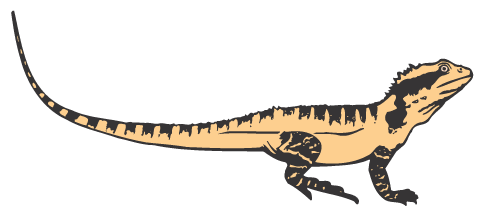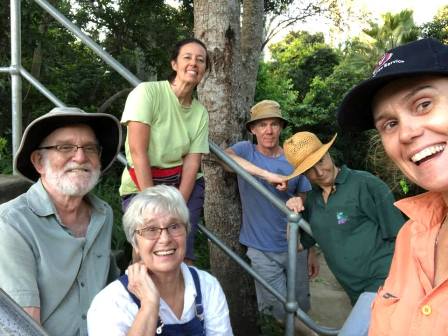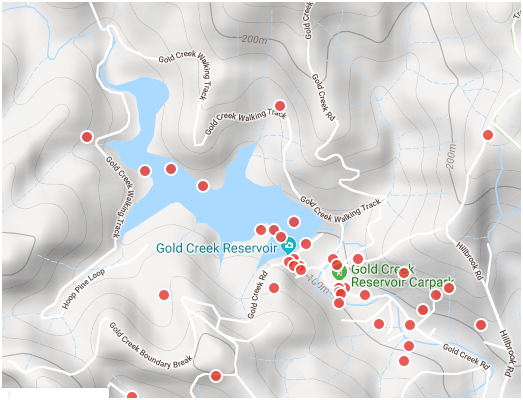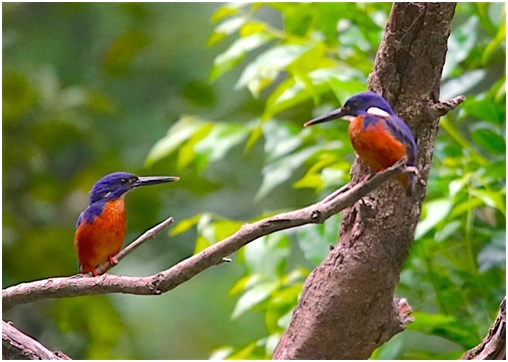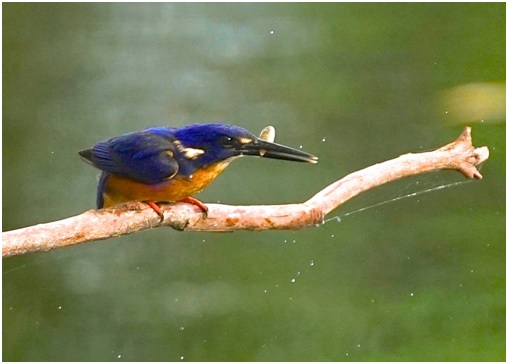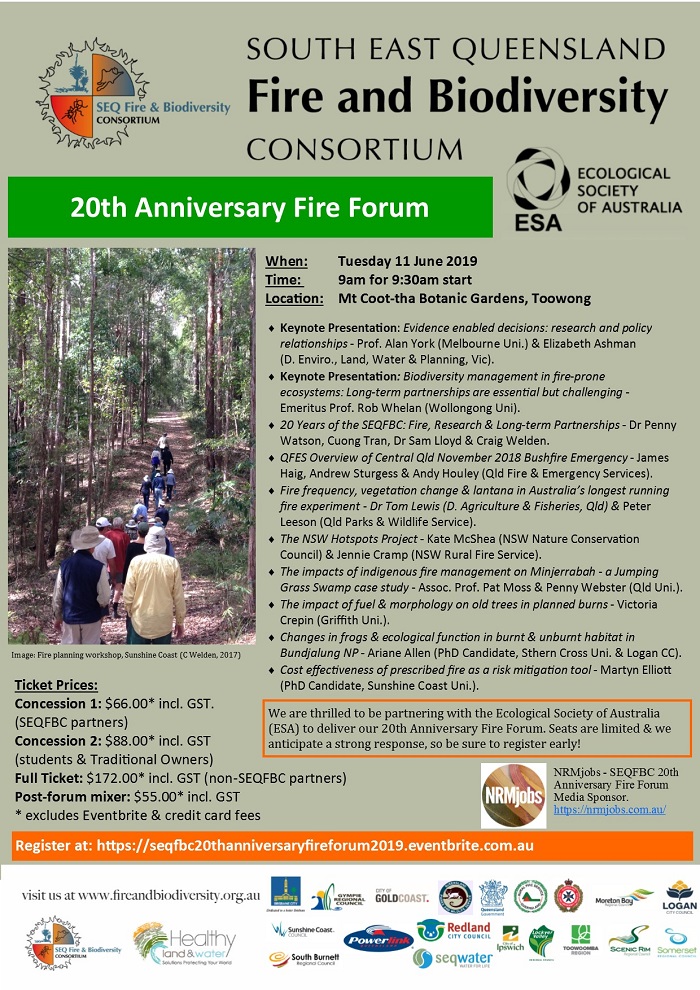The MCCG has been approached by a student from the University of Queensland who is carrying out a project on feral deer in Brisbane and seeking responses to the following questions:
Q1: What is your opinion on the feral deer issue in Brisbane?
Q2: Should the council eradicate the entire population of feral deer?
Q3: How effective do you think the council’s strategies have been in controlling feral deer?
You are invitied to participate in the project by sending your responses to: [email protected]
